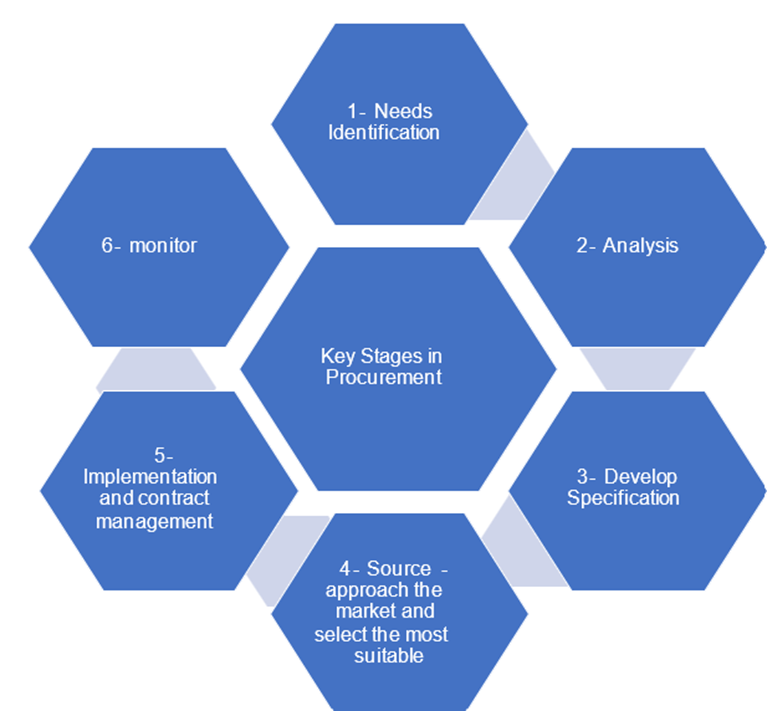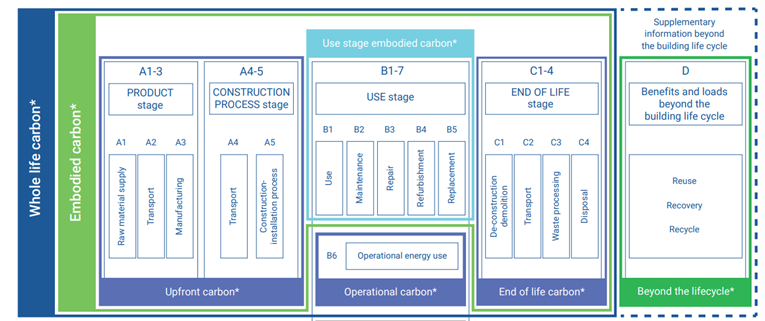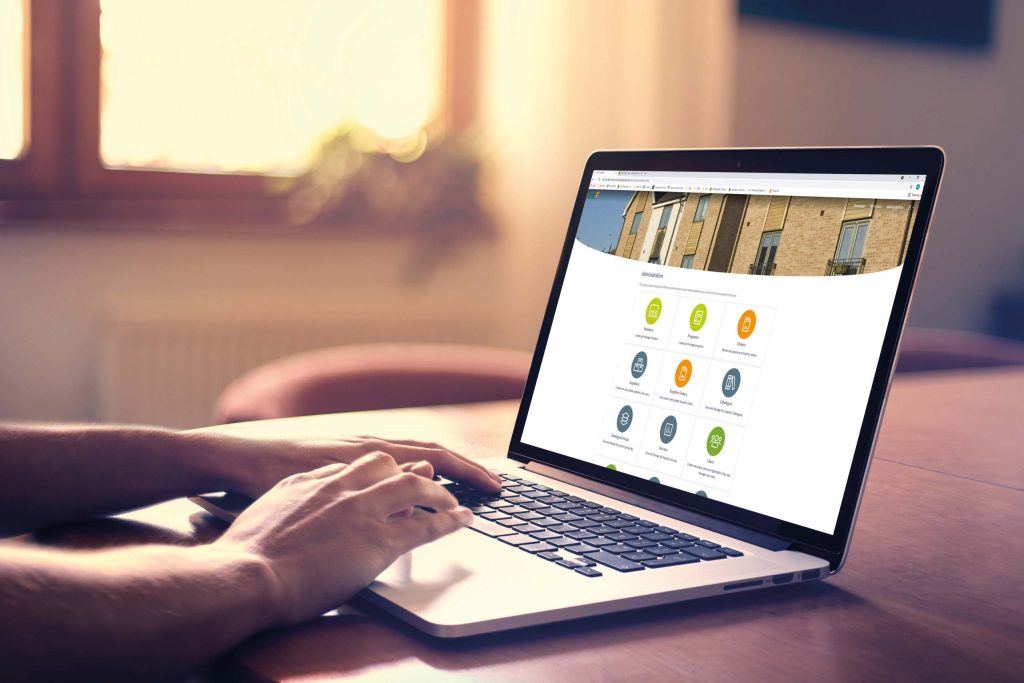CHIC’s members all operate in the UK housing sector which, along with all other buildings, contributed 17% of the overall nation’s carbon emissions in 2022. There are only three other sectors with higher emissions – namely: transport (34%), energy (24%) and business at 18.7%. Embodied carbon from construction and refurbishment of buildings currently makes up 20% of the UK built environment emissions.
As a Procurement consortium supporting the housing sector, the negative sustainability impact of our activities cannot be overstated, if considering the procurement influence on end-to-end supply chain activities.
Every procurement professional is aware of the six key stages of procurement exercise, starting from when a need is identified, which can be in the form of a request by a customer, re-procurement of new framework/Dynamic Purchasing Systems (DPS), an organisational need or a demand driven by sectoral issues such as the damp and mould, the Reinforced Autoclaved, Aerated Concrete (RAAC), retrofit requirement etc.
The second stage is the analysis of the supply and demand market. This is a good time to ask lot of why’s, to understand the requirement, including engagement at various levels and the opportunity for users to provide useful insights for influencing the final outcome.
This stage is the most interesting of any strategic procurement exercise in my opinion, as it presents an opportunity to influence the specification and design, to and mitigate the negative sustainability impact. Providing an input that is well thought through for the third stage of all procurement activities when the detailed the specifications developed, including the forms of contracts and any other documentation for meaningful engagement with the supply market.
The fourth stage- sourcing, is meant to be more competitive, with suppliers hopefully putting in their best proposals based on their interpretation of the requirements. It presents an opportunity to refine and redefine depending on the sector and the complexity of the requirement, giving the market a unique avenue for innovative solutions to pressing needs, while remaining competitive.
At this stage, suppliers may overpromise, including their ability to deliver on sustainability pledges, just to win bids. However, a prudent procurement professional will ensure associated risks are minimised and can be managed with the successful bidder during the last two stages of implementation and contract management, through a collaborative approach.
Six Key stages of a Procurement Exercise

Source: CIPS
It is obvious from the stages above that procurement activities would result in:
- Use of transportation for goods and services
- Unavoidable consumption of raw materials and the use of energy
- Waste generation and pollution (noise, air, water) –worthy of note is that 30% of air pollution in London City is from construction activities.
- The use of labour for different types of project requirements
- Mandatory compliance with relevant legislation / process
Specifically working through the whole life carbon of a building, there’s huge potential to collaborate with our customers and supply chains throughout the key procurement stages, to reduce our negative environmental impact, create positive environmental actions and reduce our carbon footprint through our various Frameworks and DPS.
Schematic diagram showing the whole life carbon of a building- World Green Building Council

CHIC gets involved at different stages of the procurement process described above and can ensure competitive procurement exercises are sustainable by design. We know that the 2020-2030 is the critical decade to accelerate activities for Netzero by 2050 and we are working hard through engagement to reduce the negative impact of procurement, as we support our members to procure sustainably.
Embedding the recommendations and the priorities of the Constructing the Gold standards in our procurement activities through framework alliancing, is one of the ways CHIC is ensuring we can be sustainable by design, not only in carbon footprint reduction but by embedding our social value expectations. What we procure will involve construction, buildings, energy transportation and business emissions – all of which will be reduced. Constructing the Gold Standard (publishing.service.gov.uk)
Notable Statistics/ References
- The building sector is a major contributor of emissions worldwide, accounting for more than a third of global CO2 emissions.
- This sector is also growing at an exponential rate; it is estimated that between 2020 and 2050 the global floor area of buildings will increase by 75%.
- Building emissions contributed 17% of the total UK emissions, that is around 76 metric tonnes of CO2 in 2022 (Progress in reducing UK emissions – 2023 Report to Parliament (theccc.org.uk))
- Building works responsible for 18% of UK large particle pollution | Pollution | The Guardian and 30% of air pollution in London City is from construction activities.
- Embodied carbon from the construction and refurbishment of buildings currently makes up 20% of UK built environment emissions.




